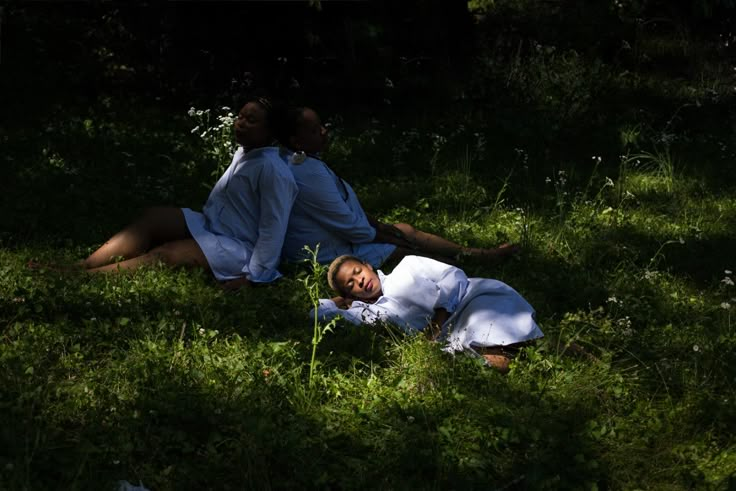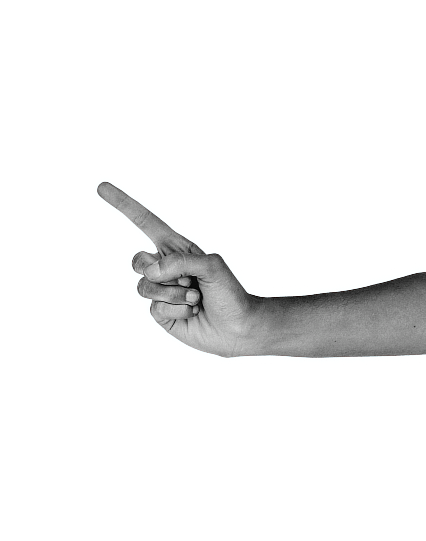
Women’s worth has long been defined by their labor, but the radical act of rest, free from the demands of profit, offers a chance to reclaim agency and dignity. This call for rest as resistance challenges societal expectations and advocates for a world where women’s lives are valued beyond their productivity.
Fascism germinates through the exploitation of women, obsessing over defining our appropriate role in the world. This period of hyper-capitalism has been violently pulling women between destinies: to be or not to be a mother, to have or not to have a career. The woman is constantly burdened by her choice because the empowered woman must have it all.
Greta Gerwig’s Barbie hit a pain point when it put on the big screen the contradictory, impossible expectations women constantly need to work to meet. In the backdrop of the film’s production was a pandemic that intensified a festering by-product of the modern world: that women’s dignity is conditional on their labor, making a cage of motherhood and livelihood. Co-opted by capitalism, so much of the narrative of women’s right to work has focused on what can be extracted from women, dislodging feminism’s true core: the inherent dignity, the power to decide what matters. Contrary to the demand that women prove their worth through constant labor, rest offers more than reprieve — it provides the radical right to decide what to make of one’s singular life.
The right to work has always been associated with a full 9-5 employment. A part-time employee or gig worker does not command the same benefits, often without benefits at all, in comparison to the full-time employee. The mother, whose care work demands 24/7 duty, is uncompensated and considered secondary to livelihood demands. Because of this, the modern mode of women’s marginalization has reshaped itself as extreme burnout.
The profit-oriented life of women is what determines her dignity in a capitalist society; it drags its feet at the thought of our inherent value. Women in the workplace are good for the economy! Care Work is good for the economy! Women’s health is good for the economy! The message is clear: Everything must be helpful to the economy for it to be worth our while as a society to change. In this purgatorial capitalism, women are forced to run an endless cycle of profit and production demanding our absolute attention, even in rest.
This underestimated exhaustion was brought to a head during the COVID-19 pandemic. Although we would rather collectively forget, the pandemic was a multiplier of women’s burdens. A report by UN Women entitled Whose time to care? declared that the average woman was spending the equivalent of a second full-time job doing unpaid home and childcare. What becomes of life in such extreme modes of suffocation, where even rest is denied?
In tune with the spirit of our capitalist society, the return to normal after the COVID-19 pandemic was a sprint back to optimal production without pause or debriefing. There have been no massive efforts to address the psychological and physical trauma, including the lasting impact of long COVID. While the world rushes to move on, it is women who quietly endure long COVID in their daily lives. Its symptoms are more terrifying than we realize– severe cognitive decline, neuropathy, palpitations, excruciating joint pain, among others. Many women patients have had little choice but to leave their jobs, working part-time or resigning completely to focus on motherhood. The duress is further intensified by women with long COVID from lower socioeconomic classes who live or support their families from paycheck to paycheck.
Women are resigning from work at high rates because of immense declining health or intense burnout, but long COVID does not command public health urgency despite its ramifications and its calcification in women’s everyday lives. Undisturbed by all the unique ways the pandemic changed the material and social lives of women around the world, our work narratives for women have persisted in its form. Work is still King.
Profit simply cannot be outrun. Attempting to paint visages of rest, the Wellness-Industrial Complex parades consumerism as self-care. ‘Fem-vertising’, the advertising tactic of targeting women to purchase for their empowerment, compels yoga, crystals, a massage, spinning, a staycation at a hotel, a manicure, a pedicure, waxing, pilates, a facial, shopping, a blow dry, a dozen scents, endless skincare routines, face, hand, and foot masks, and a list of new insecurities to tend to. In simpler words, wellness needs money. A lot of it. While nothing is wrong with these activities, they are advertised as necessary acts of rest and recreation. Through the artificial respect it promises, modern rest disciplines women into maintaining the production cycle. What of the woman who cannot afford wellness? The irony of contemporary rest is that it is a burden unto itself. Without your purchasing power, you are stripped of your right to rest.
There is a way off the hamster wheel. Poet Tricia Hersey preaches rest as resistance in her Nap Ministry– a movement that calls for political refusal for human bodies to be used like machines. Her movement carves out time to break away from grind culture, and teaches sleep science so that people can reclaim deep sleep from the anxieties of the day. More than recharging for work again, Hersey argues that real rest is time removed from the systems that seek to consistently extract from us through labor.
Prioritizing rest means advocating for policies that dignify flexibility of all kinds of labor–protection and benefits for part-time workers, the move to remote work, stipend for gig workers, allowance for mothers, menstrual leave, longer maternity and paternity leave, and universal healthcare, among other possibilities. It means a living wage for all so that life becomes livable; it means holding the reins of our societal obsession with growth so that we recapture our focus. Women’s movements should cross-share knowledge of existing policies that can be studied to inspire movements toward rest worldwide. Feminist narratives require updating and stretching our imagination of what it means for women to fully own our freedom through the right to rest.
Rest surpasses biological need and humanizes the industrialized and technologized use of our time. It brings back agency into how we spend our days, unconcerned of the ebbs and flows of the economy. It brings back a sense of spirit and place, which Jenny Odell in How to Do Nothing considers ‘bioregional awareness’, a hyperconsciousness of the interconnectedness of everything. Odell recalls her happiest and most fulfilled moments as fully aware of being alive. Through doing nothing, or perhaps through resting, we find a place in our lives to relish our relationships, our experiences, and the whole earth. As Odell hopes, we begin “[to escape] laterally towards each other”.
Labor has taken the monopoly of women’s time. Assigning the right to rest its proper weight reframes the feminist struggle so that women’s agency, not profit, is at its center. US suffragette Helen Todd, in an emphatic speech in 1910, called for “bread for all, and roses, too”. Not only the ability to feed ourselves, but the time to stop and notice the flowers. While work is necessary for survival, it is not the whole of our lives.
Women’s movements have historically consistently achieved the unthinkable. Feminism’s work now is to continue imagining what a life, free from the duress of profit, can be lived as. The right to rest indeed ties together all other struggles of women. There is a quote attributed to anarchist and activist Emma Goldman– “If I can’t dance, I don’t want to be part of your revolution”. Joy is a fundamental part of the revolution because the struggle, if it is to be genuine, should never lose sight of the dignity and freedom of women.
Women’s right to rest returns to us the things that are not considered useful, but are meaningful. Women’s rest is a right to choice, to health, to silliness, to a bit of fun, to ease, to laughter, to gentleness, to play, to creativity, to idleness, to religion, to art, to the sacred, to be fully alive. I am thinking of Mary Oliver’s Summer Day:
I don’t exactly know what a prayer is.
I do know how to pay attention, how to fall down
Into the grass, how to kneel down in the grass,
How to be idle and blessed, how to stroll through the fields
Which is what I have been doing all day.
Society has so many expectations for women, about what she must be, what she needs to do. Women have burnt ourselves out to meet them. But can society believe that women are of value even when we are not working? Can we act in sincere solidarity to a woman’s complete right to her singular life? Which is to say, can we truly and firmly honor women’s inherent dignity?
Community.

